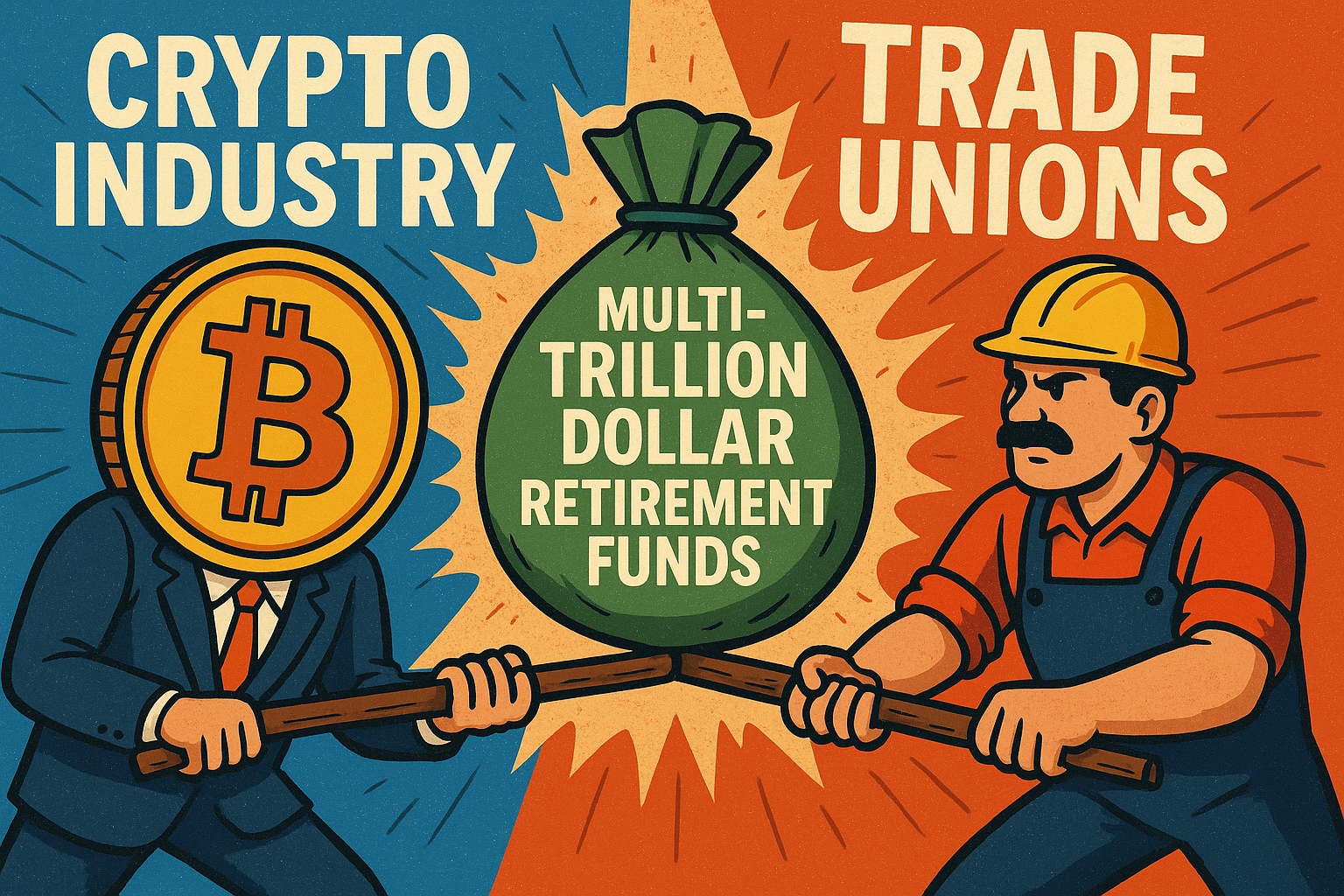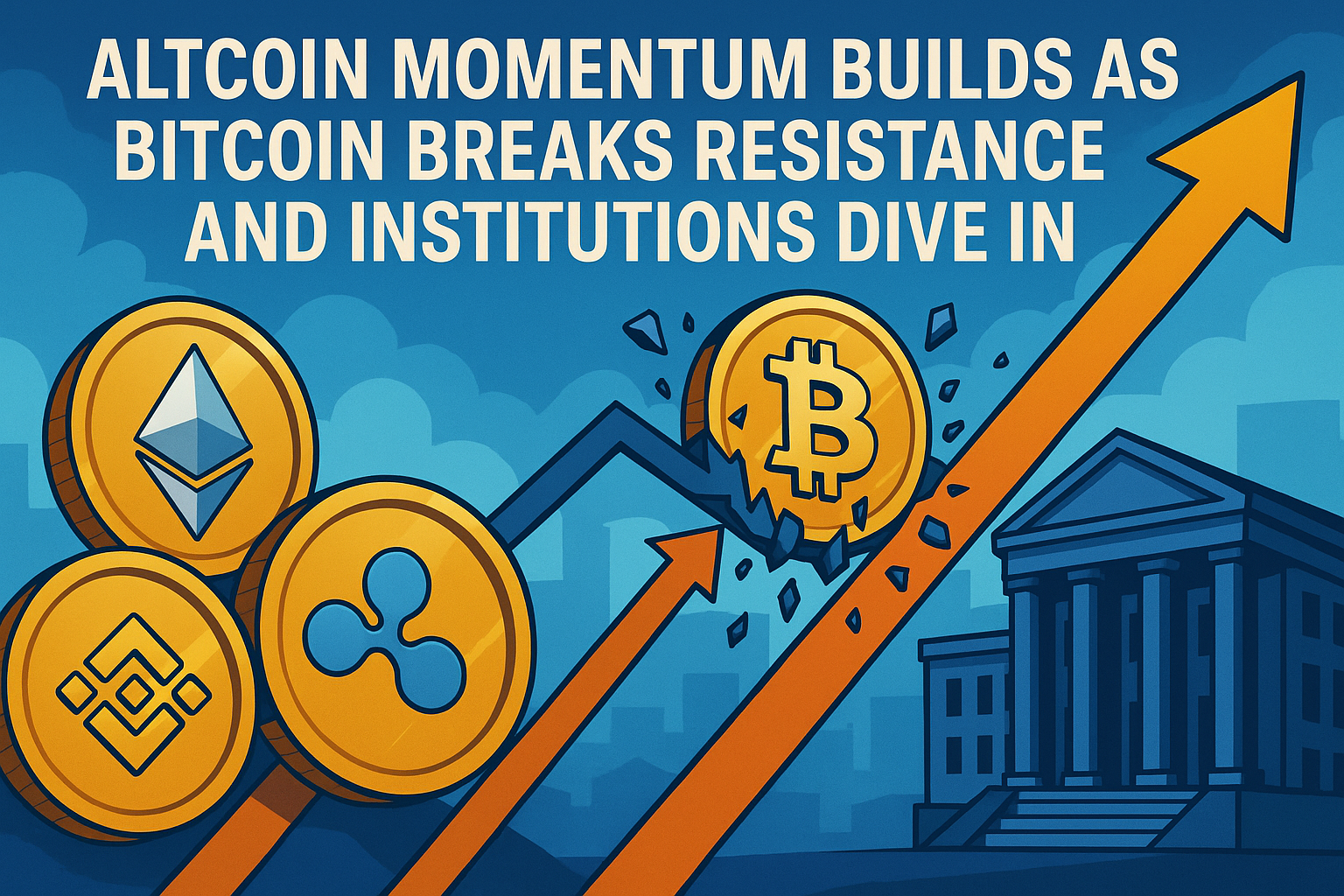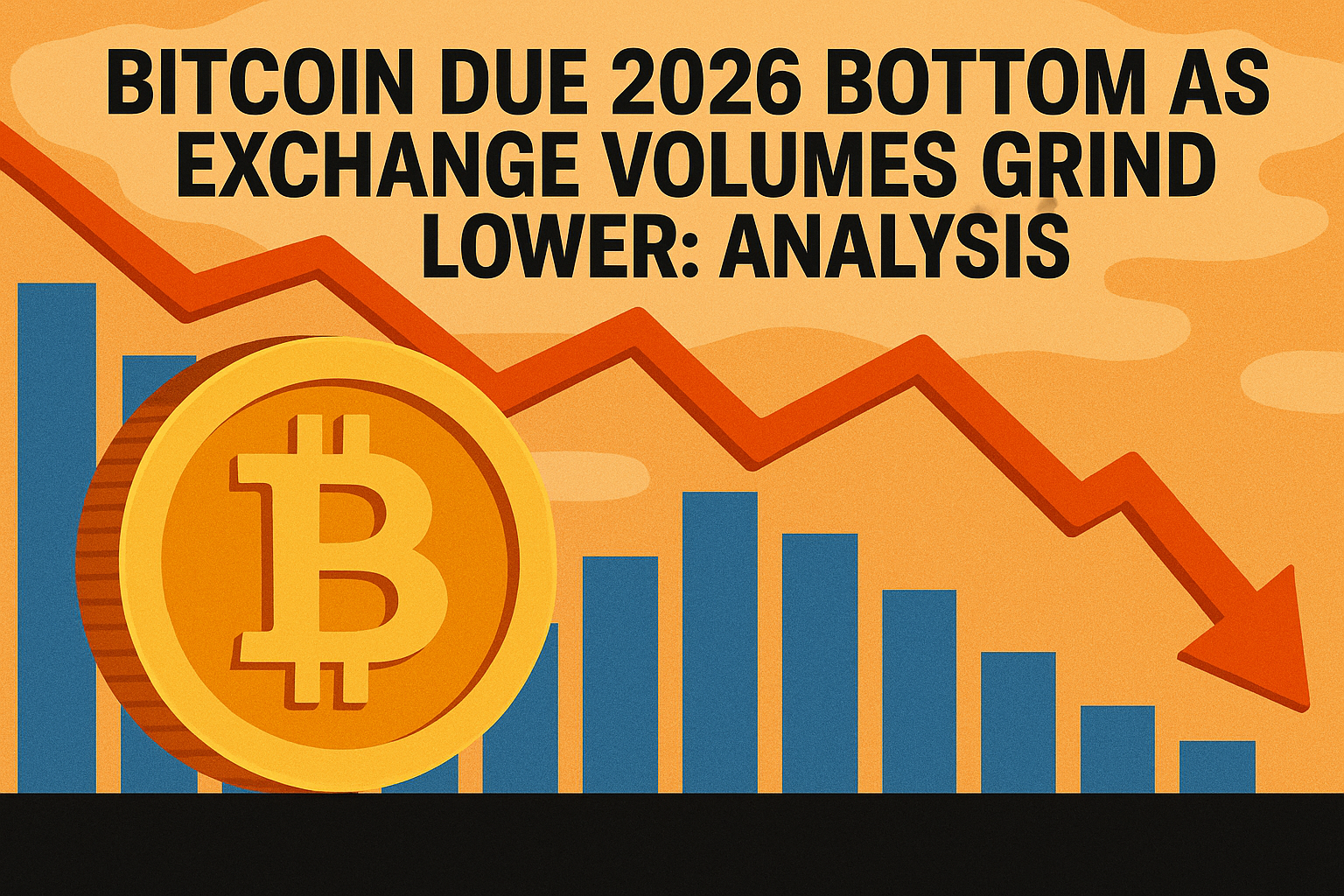Table of Contents
In the world of cryptocurrency, there are always new and exciting projects being developed, and some of these projects, have yielded +1,000x return on investment, making cryptocurrency potentially one of the most profitable investment sectors in the world.
However, it can be difficult to know which cryptocurrency projects have the potential to become the next +1,000x crypto.
In this guide, we will be discussing some key factors to consider when searching for a hidden crypto gem that has the potential to yield a high return on investment.
We will explore the various ways to research and analyze different projects, as well as some important metrics to pay attention to.
Whether you’re a seasoned crypto investor or new to the space, this guide will provide valuable insights on how to identify the next crypto gem.
The Biggest Challenges to Finding Crypto Gems
The cryptocurrency space is constantly evolving, with new projects and coins popping up all the time.
While this can be exciting, it also presents a challenge for investors:
How do you know which projects have the potential to be successful?
Finding the next big thing in crypto can be difficult, as there are many factors to consider and a lot of noise to filter through.
Tens of thousands of Options
One of the biggest difficulties in identifying potential projects in the cryptocurrency space is the large number of projects to choose from. With tens of thousands of cryptocurrency projects actively traded, it can be overwhelming to try to figure out which has the most potential.
There are many cloned projects
Many cryptocurrency projects are simply copycats of prior projects, which makes it even harder to differentiate between a solid investment opportunity or simply a crypto scam.
Lack of Transparency
Another major challenge within the cryptocurrency space is the lack of information and transparency around many projects. Many crypto startups are run by anonymous teams, and while anonymity is an element of the cryptocurrency space, it makes it difficult to assess the project’s credibility and track record.
Unclear Government regulations
The cryptocurrency space is still relatively new and because of this, there isn’t (yet) much regulation in this space. The regulatory environment for crypto is still very much in flux, which can make it difficult to know what kind of legal and financial risks are associated with any particular project.
Despite these difficulties, there are still ways to increase your chances of finding a successful crypto project.
Steps for Finding the Next Crypto Gem
It is not impossible to find the next cryptocurrency gem, but it does involve a little luck and a solid process and strategy.
Here is one such strategy:
Step 1: Identify High Growth Sectors:
With so many different active cryptocurrencies, it’s necessary to reduce the scope of projects you are looking into. To do this, start by identifying high-growth sectors within the cryptocurrency space.
Typically, each year there are new and different sectors that are experiencing high growth.
High Growth Sectors in 2022:
High Growth Sectors for 2023:
Once you have determined the sectors within the cryptocurrency space which are likely to perform well, you can then narrow down and focus on projects within that specific sector.
Step 2: Narrow Your Search by Market Cap
Low-market cap projects, also known as “low-cap” or “small-cap” projects, are those with a relatively small market capitalization, often less than $100 million.
These projects have the potential to yield much higher gains for investors compared to larger, more established projects for several reasons:
- Greater potential for growth: Low market cap projects have a smaller market capitalization, which means there is more room for growth. As more investors become aware of the project and invest in it, the price can increase significantly more (ex: Shiba Inu).
- Less competition: Low market cap projects are less likely to be on the radar of large institutional investors, which means there is less competition for buying. This allows individual investors to get in on the ground floor and potentially see bigger returns.
- High-risk, high-reward: Investing in low market cap projects is considered high-risk, high-reward. As they are less established and less well-known, there is a greater chance that they will fail. But if the project becomes successful, the potential returns can also be much higher than those from more established projects.
Narrow your search down by the sector and market capitalization (under $50 million) to find the low-cap projects within the sector.
Step 3: Market Research & Analysis
Once you have identified the sector or niche to focus on and then narrowed your search by market capitalization, it’s time to do the research.
Your approach and mindset are key when performing research and while it’s really easy to qualify a project, a much better (and contrarian) approach would be to look at potential investments with an eye to disqualify them.
If the crypto project ticks all the right boxes and you find it difficult to disqualify it, chances are you have stumbled upon a decent project.
With this in mind, let’s get into the sequence of steps to evaluate a cryptocurrency project.
Part 1: Check the Market Listing
The first step is to look up the project on a cryptocurrency aggregator. The two largest cryptocurrency aggregators are CoinMarketCap and Coingecko. CMC is the most well-known while CoinGecko is known to more smaller-cap projects.
These sites provide a high-level overview of the project: trading history, crypto ranking, a brief description of the project as well as the primary links to the project website and the project’s social media links, and a decent ability to search and sort through cryptocurrency projects based on your specific criteria.
Project Ranking:
The project ranking provides a quick assessment of where the project ranks when compared to all other cryptocurrencies. There are well over 10,000 different cryptocurrencies actively traded and the ranking (which is determined by the project’s market capitalization) is a good initial indicator of where the project currently stands.
As you are looking for those lesser-known ‘gems’ with massive growth potential, then you will likely want to be looking for those projects ranking in the 1,000s and higher. However, projects ranked in the 5,000s and higher are generally considered very high-risk projects and in most cases should be avoided.
Market Cap
The project ranking is determined by the Market Cap and it is calculated by multiplying the current price of the coin/token with the total number of coins/tokens in circulation. In general, the higher the value of the market cap (the higher the ranking) the less volatile and safer the investment (relatively speaking of course).
Price History:
Taking a quick look at the daily, weekly, monthly, and yearly trading history will provide a high-level overview of the price and performance of the project, and trends and also highlight any potential issues.
Trading Volume & Liquidity
The trading volume is how much is bought and sold over a period of time and is a very important metric. Liquidity is a measure of how easily a crypto asset can be bought or sold and this is important as it will allow you to buy sell when you want, especially when considering low-volume projects where you may not be able to sell out when you want.
A low trading volume of a medium-cap project can also be an indicator of a project which has been abandoned, lacks a real-world use case, or small community and something to watch out for.
Circulating Supply vs Total Supply
It is also important to distinguish between the circulating supply and the total supply of a project. The circulating supply is the number of coins/tokens that are in actual circulation while the total supply is a fixed value of the total number of coins/tokens that can ever exist.
Bitcoin offers a good reference point when considering the circulating supply and total supply of a project. For Bitcoin, there are only 21 million in total supply while there are about 19 million currently in circulation.
When compared to a project like XRP, which has a total supply of 100 billion and a circulating supply of around 47 billion, the scarcity of Bitcoin coins can easily be seen (thus the higher value for one Bitcoin). Also, in cases where the total supply is of many magnitudes larger, a large influx in the circulating supply can quickly debase the price.
The Price
While projects that are traded at less than a penny may seem like a good opportunity at first glance, the total supply and circulating supply need to be taken into consideration.
Going back to Bitcoin as an example, with only 21 million in total supply, it has a much lower total supply than many other cryptocurrencies. Using XRP as a comparative example, it has a total supply of 100 billion and a trading price of less than $1.
It’s important to realize that low-priced cryptocurrencies have the psychological effect of seeming like a potentially good deal, but this can only be determined after taking into account the circulating and total supply.
Be wary of projects which an extremely large total supply, which in turn results in a very low market price.

Part 2: Visit the Project Website
If the initial review of the project details on the cryptocurrency aggregator site looks positive, then the next step would be to check out the project website.
Visiting a project’s official website is a must!
There is no excuse for a poorly developed website. Today it is very easy and relatively inexpensive to develop a clean and functional website. The project website should be well put together, functional and openly share details about the project, the people behind it, the roadmap and the investors (if applicable).
If the website is of poor quality, has spelling mistakes, is reluctant to disclose to the team members, or even worse is a copy-and-paste of a prior fork, then these are all causes for concern and should be avoided.
The Team (developers, executives, partners, advisors)
For most projects, especially newer projects it is the team and developers involved in the project who are the most valuable assets. It’s the credibility and experience of the team behind the project that will have a direct result in the success or failure of the project. It’s for this reason, I personally am reluctant to move forward on projects whose team is not openly disclosed.
When assessing the team, determine the prior experience in the market and prior projects. Is this their first project or do they have a solid history of developing successful projects in this market?
Unfortunately, many smaller projects have been known to fake their team (using AI-generated photos), so it isn’t enough to take at ‘face’ value what the website says. If LinkedIn of other social profiles of the team is provided, it’s always prudent to follow up and verify their authenticity.
When assessing the team, it’s also important to take into account the leadership (executives). Projects with partnerships with well-known firms are also a good sign, but as with most information on the website, verify where possible.
The Road Map & Vision
As an investor, you are looking into the future potential for the project and the road map and vision are also critical components to the assessment.
A solid project will have a strong and well-defined vision with a roadmap and dates attached providing details for the development at each stage. It goes without saying, that without a clear vision and roadmap, the future success of the project is in doubt.
Investors
Does the project already have investors and if so, who are they? Projects that have already been invested in by well-known investment firms are an excellent sign. These firms often specialize in specific niche markets and if they have already invested, chances are they have also done their due diligence and believe in the project.

Part 3: Check Social Media Profiles
If everything looks good at this point, the next step is to check the social media profiles. This step will take a bit more time to assess.
The first social media site to visit is the project’s Twitter account. Twitter is a quick method to determine how socially active the project is and the most recent tweets. It’s also good to note the interaction within the tweets. The number of Twitter followers is another important metric to be aware of.
Telegram / Discord
Telegram and Discord are chat groups that can offer even greater insight into the project, the team, and the community. The follower count is a good indicator to look for. Within chat groups, take some time to read through the posts and get a feel for the type of people interested and involved. Are their questions being answered? Groups that overly engage in psychological tactics such as inducing FOMO should be considered red flags.
One of my favorite sites is Reddit. Oftentimes Reddit will have non-project sponsored groups and or discussion subreddits about the project which are not under the direct control of the project. With the upvoting system employed by Reddit, it is a great source for ‘street knowledge’ which may not be otherwise publically available.
Things to look for on Reddit include, such as how active is the community? How many followers are on the subreddit? Does the team offer AMAs (ask me anything)? Is the team helpful in sharing information about the project?
If the coin has potential, there is almost always a Reddit discussion about it. If Reddit isn’t yet talking about it, you are either really early to the party or it’s yet another potential red flag.
Part 4: Assess the Community
It’s likely been said many times and worth saying again — No community, no future. It is the community supporting the project that makes it successful!
The importance of the community can’t be underestimated. If you are familiar with either Doge or Shibu, it was the community that brought these projects to great heights. The enthusiasm and size of the community play a large role in the initial and continued success of the project.
Look for cryptocurrencies with strong, active communities. This is a good sign that there is genuine interest and belief in the project. Again, it’s worth noting that Reddit is a great place to start researching the community and gaining ‘street knowledge’ not otherwise available anywhere else.
Part 5: Read the White Paper
A white paper is a document created by a crypto project that provides investors with technical information about the project, including the concept, the roadmap as well as how the project plans to grow and succeed.
A project’s white paper can provide insight into the inner workings of the project. Although many white papers may be highly technical, it is an important data points for assessing the quality of the project and the team behind it.
If there is no White Paper, generally this is seen as a red flag. Also, White Papers with spelling mistakes, unnecessary technicalities or lacking basic grammar and punctuation are also red flags.

Part 6: Understand the Utility & Use Case
For the long-term viability of a project, it needs to have a well-defined and clear use case. Does the project solve an important problem? If you are looking to invest in this project for the long term, then the answer needs to be a definitive YES.
A project’s success is directly related to something which its users will need (or want). While gaming and metaverse projects may not at first glance solve an important problem, they do offer something people want. No matter the niche or project, it must be able to solve an important problem (or need).
When assessing the utility or use case of a project, it’s important to look at both the current demand and potential future demand. Does the potential future demand include worldwide adoption or is it only local? If you are not able to determine the reasons or motivations for significant future demand, then then it’s likely not a project you will want to hold for the long term.

Part 7: Scam Checks
Unfortunately, there are many scams within crypto and these scams are becoming increasingly more sophisticated, such as malicious contracts and rug pulls which are very difficult to detect for the average investor.
To help protect against these potential scams as well as provide additional (technical) analysis of the project, there are many free online tools that can help. This can include scamsniper.net, Tokensniffer.com, Bsccheck.eu, BSCCheck.eu, RugDoc.io, Tokensniffer.com, StaySafu.org

Step 3: Learn & Understand Technical Analysis:
At this stage, you should have a handful of cryptocurrencies that have the potential to become a low-cap gem. To be able to maximize your profits, as the saying goes, buy low and sell high. Knowing when to buy into the market and when to sell are two of the most important aspects of investing in cryptocurrency.
Crypto Chart Patterns — PDF:
For more details on the most common crypto chart patterns, download our Crypto Chart Patterns (and the accompanying PDF) to help you in this stage of the process.
Understanding moving averages, relative strength index (RSI) and Fibonacci retracements to identify potential buying and selling points for a given crypto will also come in helpful.
Step 4: Know the Overall Crypto Market Cycle:
The cryptocurrency market is highly correlated. That is, when Bitcoin goes up, so does the entire market. When Bitcoin dips, so does the rest of the market.
Within the crypto market, there are hourly, daily, weekly, yearly and multi-year trends. On average there is a bull market within the crypto market every four years (this has been correlated to the Bitcoin halving event).
It is very important to know which crypto market phase the market is currently in, as this will allow you to correctly assess whether the market is bullish, or bearish and ultimately to the best time to buy and when to sell.
The greatest gains you will see within the crypto market are within the lower market capitalized cryptocurrencies (low cap gems) and during a full-on bull market — which happens approximately once every 4 years. It is during this phase of the market that life-changing wealth can be made.
Step 5: Where to Buy Small Cap Cryptos?
The last step in this process is to actually purchase the small-cap crypto you have your eye on. For most smaller capitalized cryptocurrencies, they will likely not be available on the larger exchanges and you will need to purchase them either on a smaller cryptocurrency exchange (which would be a limited number of exchanges) or increasingly more popular is the use of a DEX (Decentralized Exchange) like PancakeSwap.








